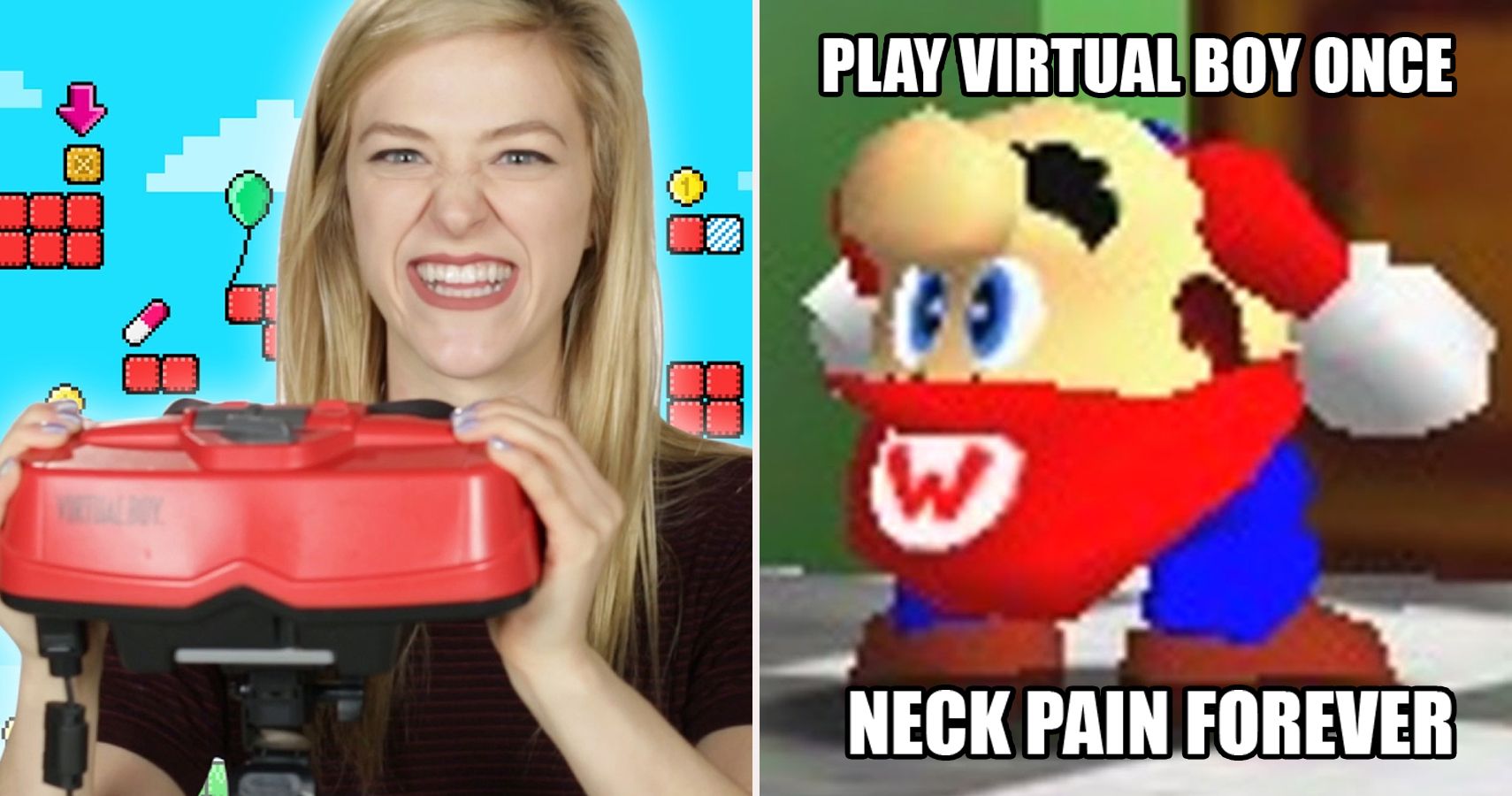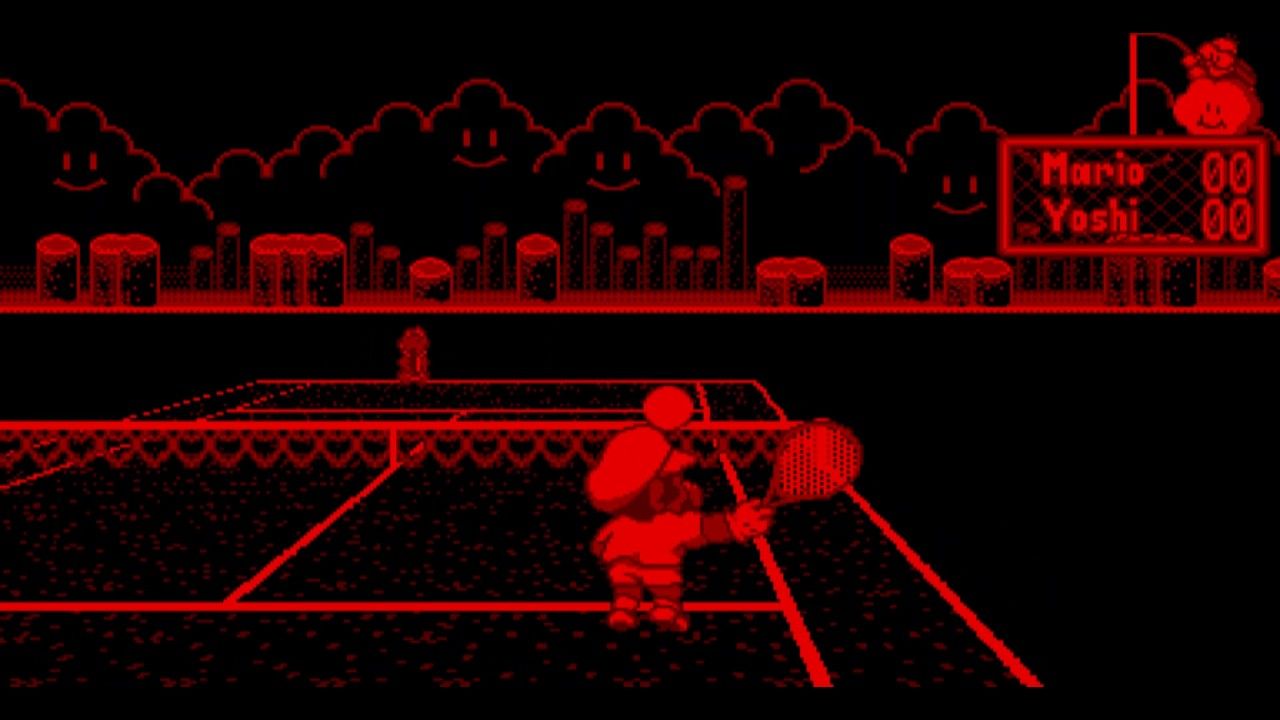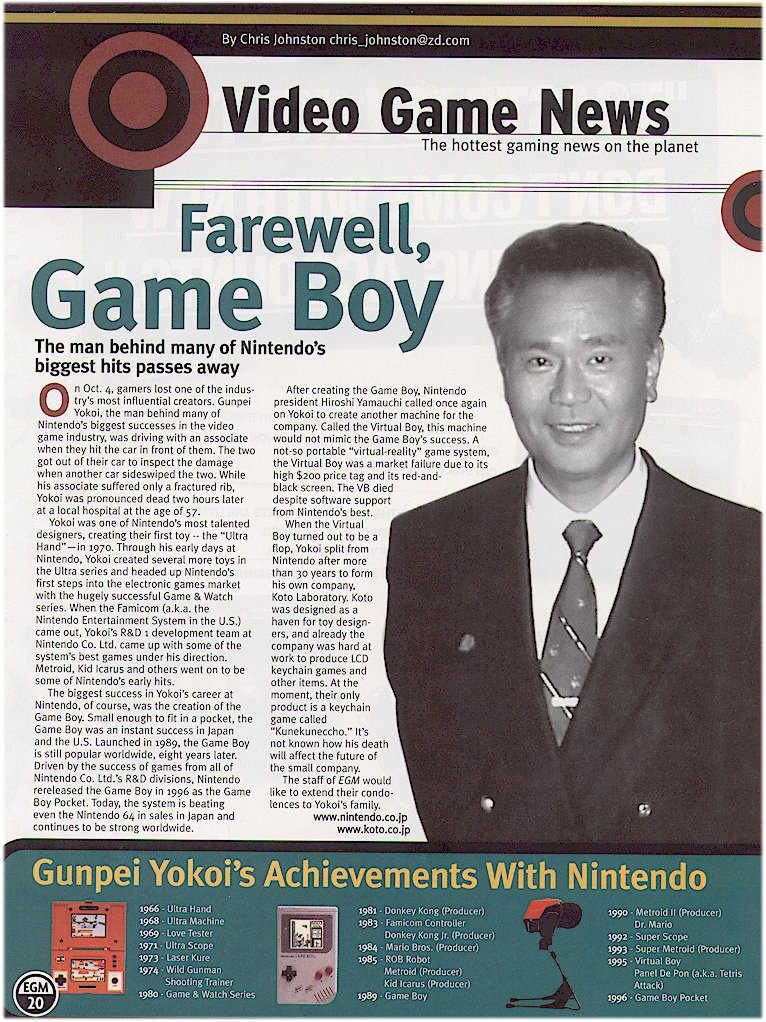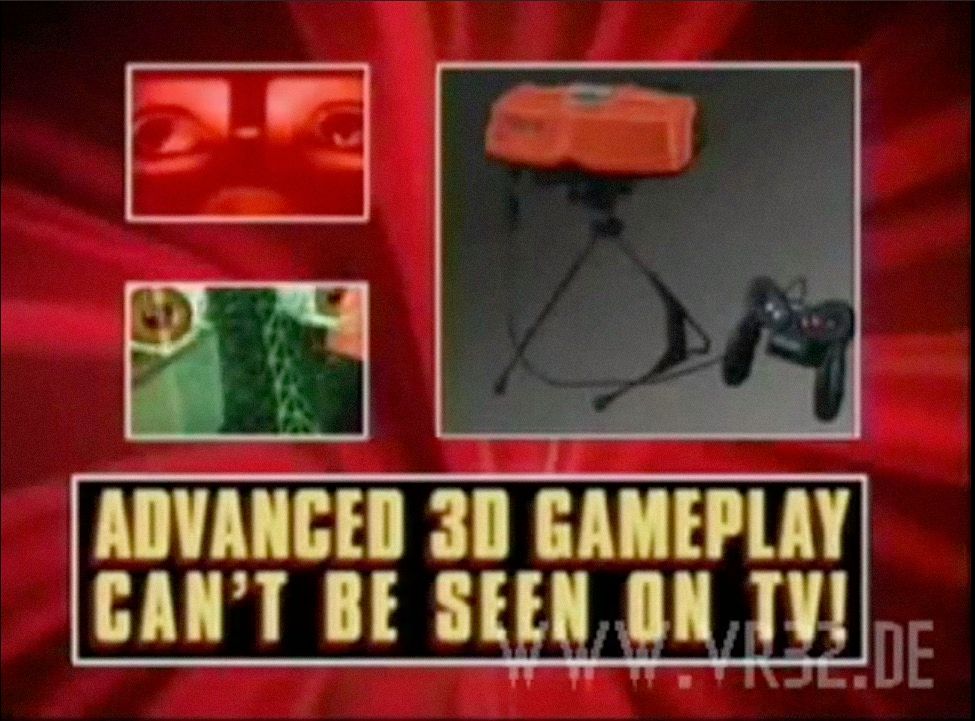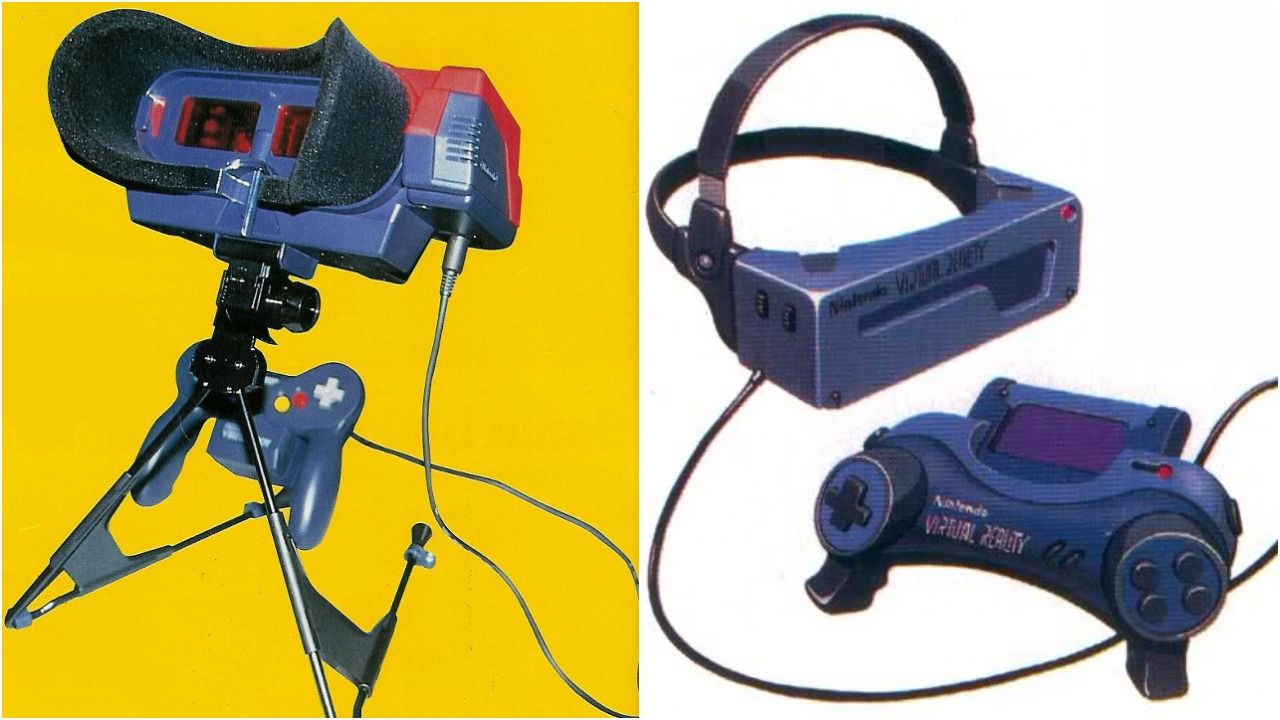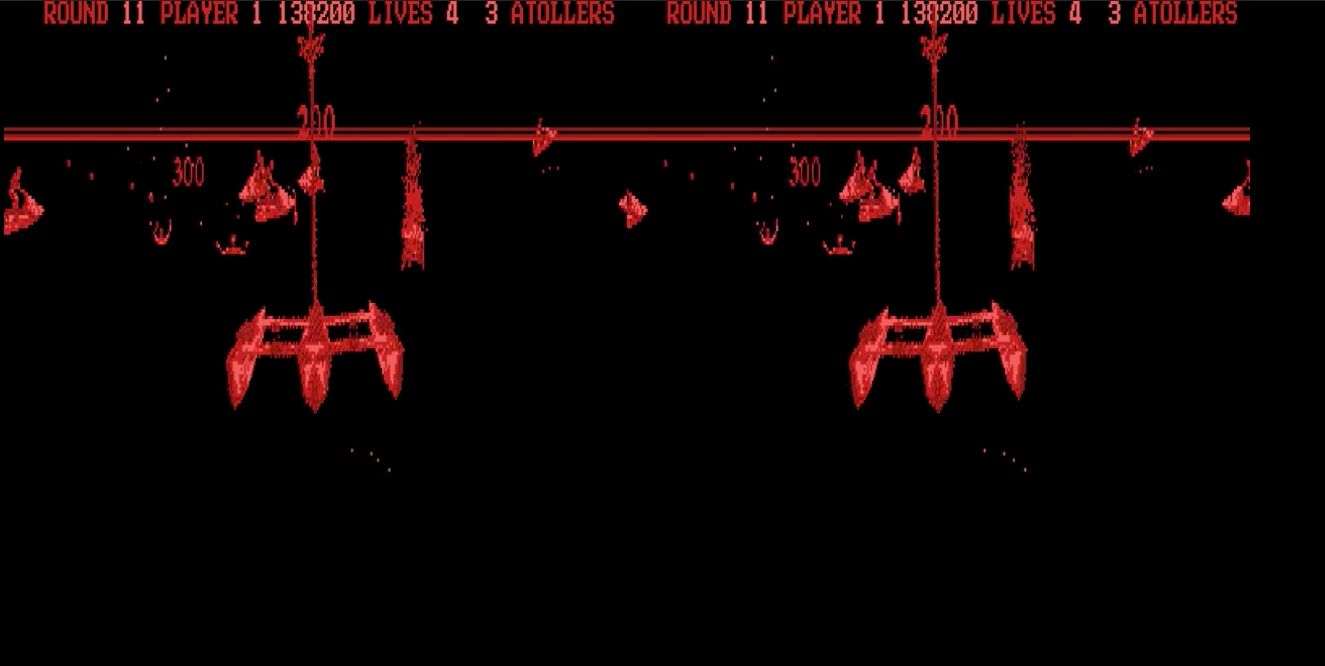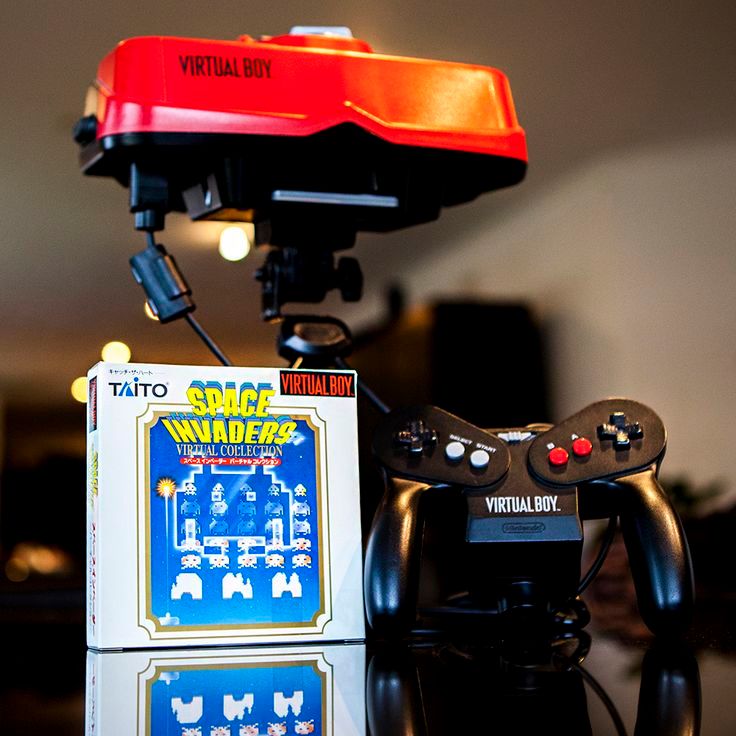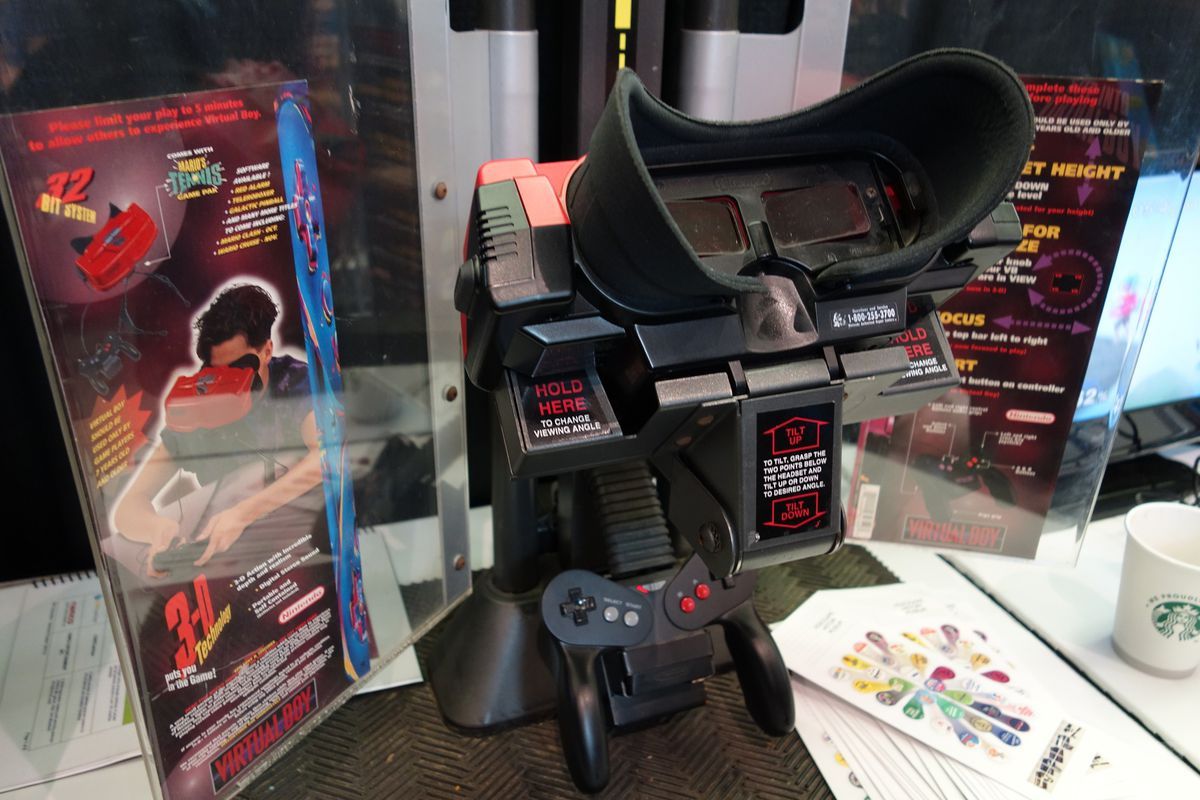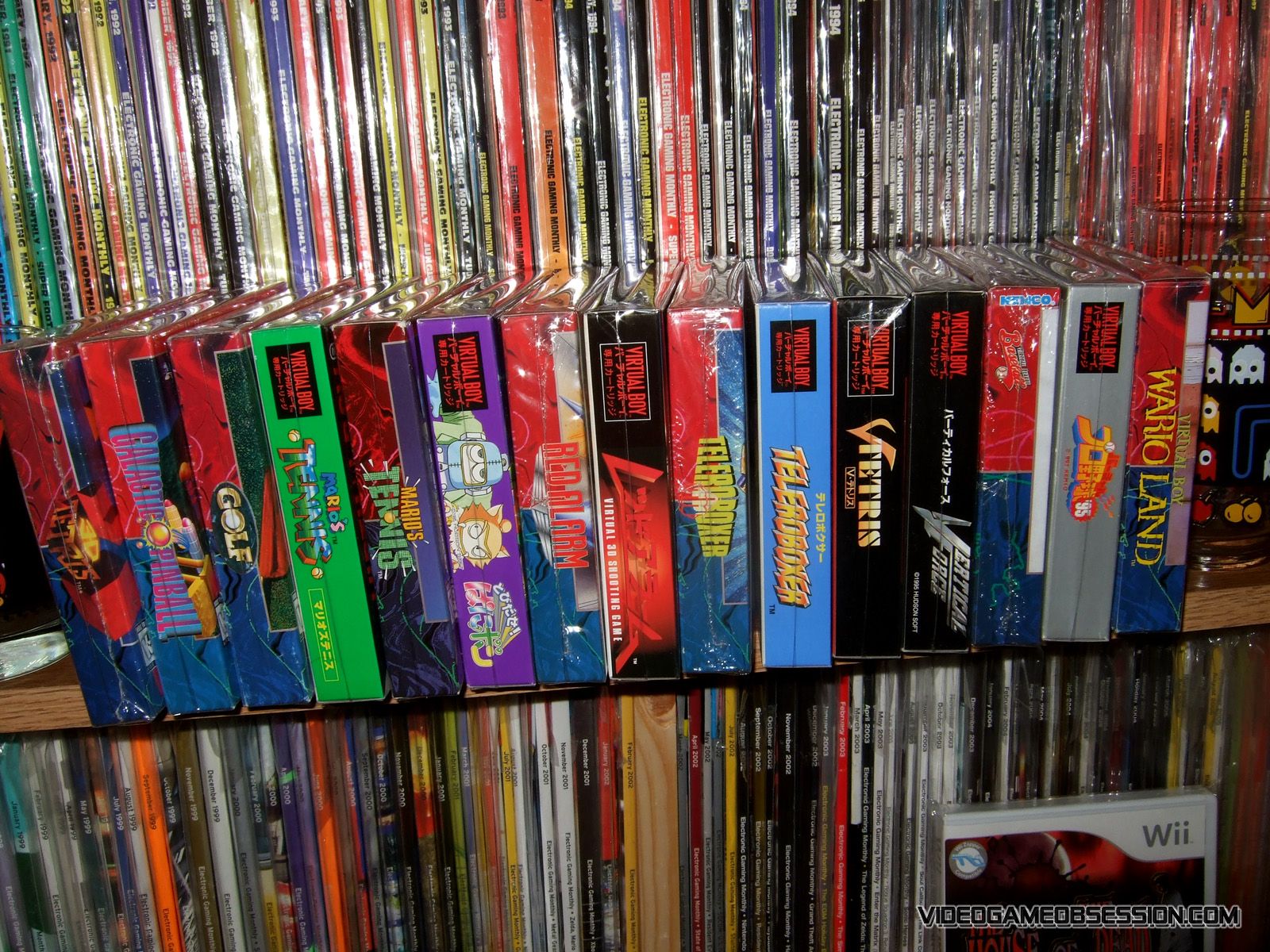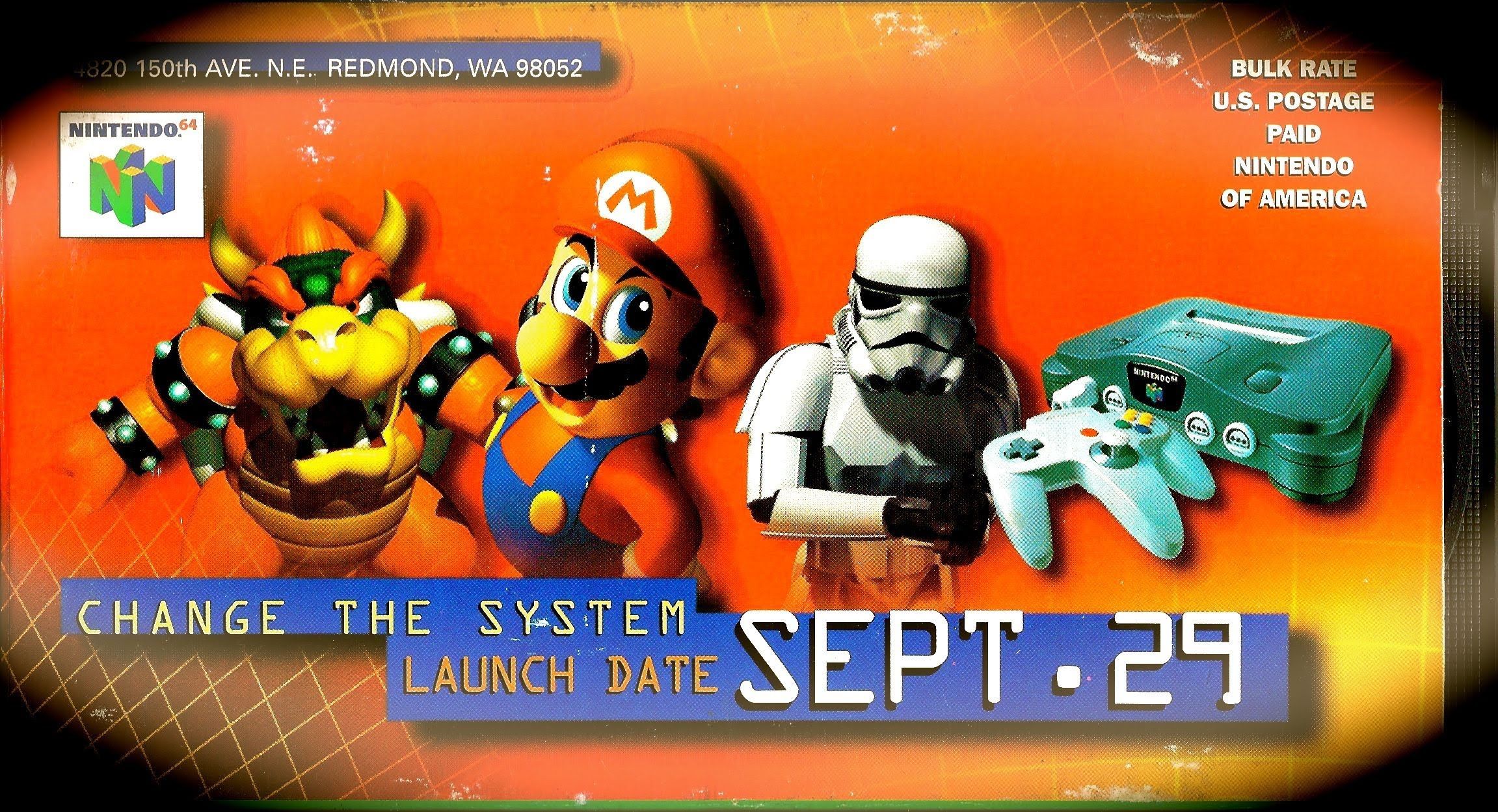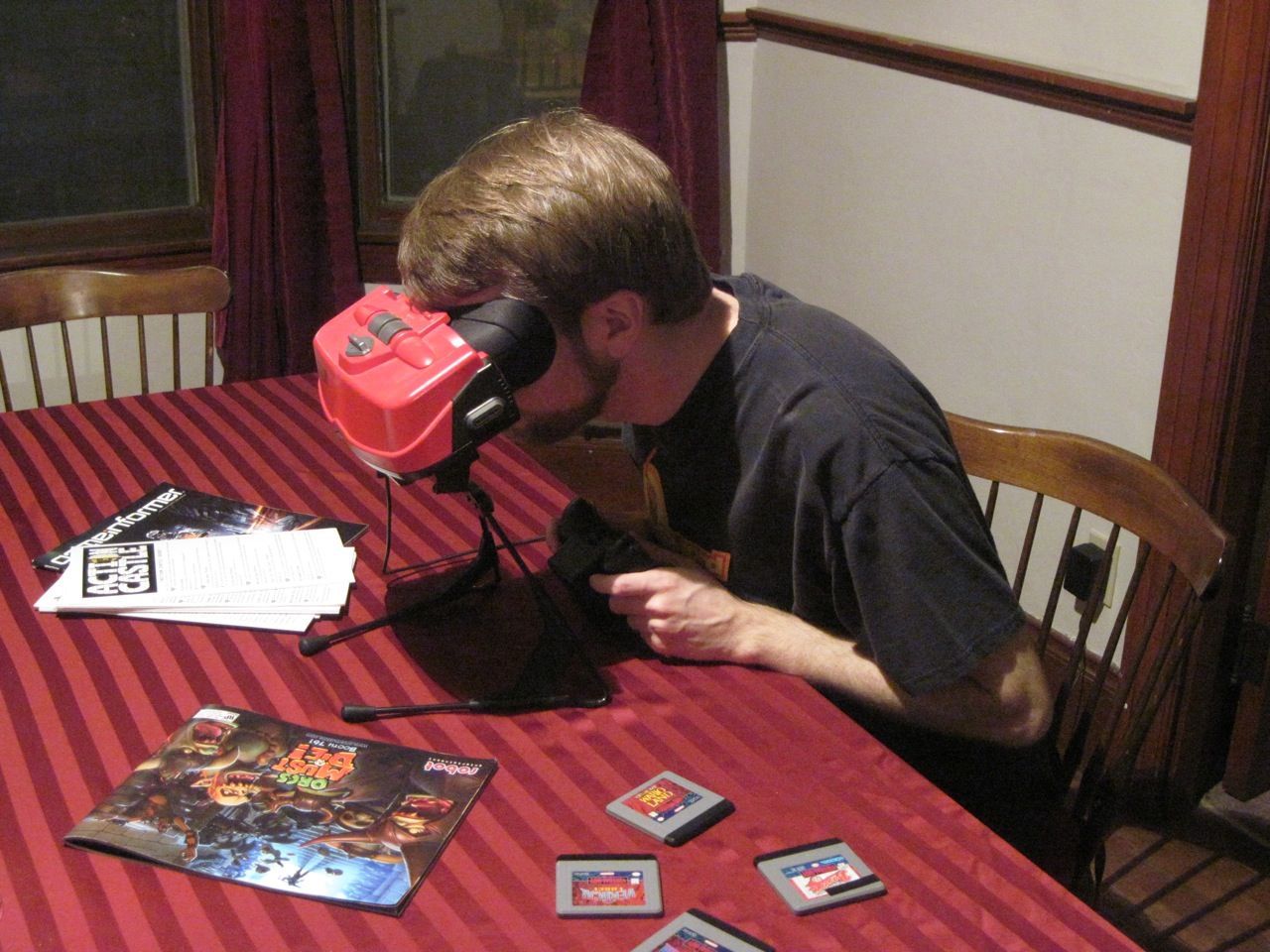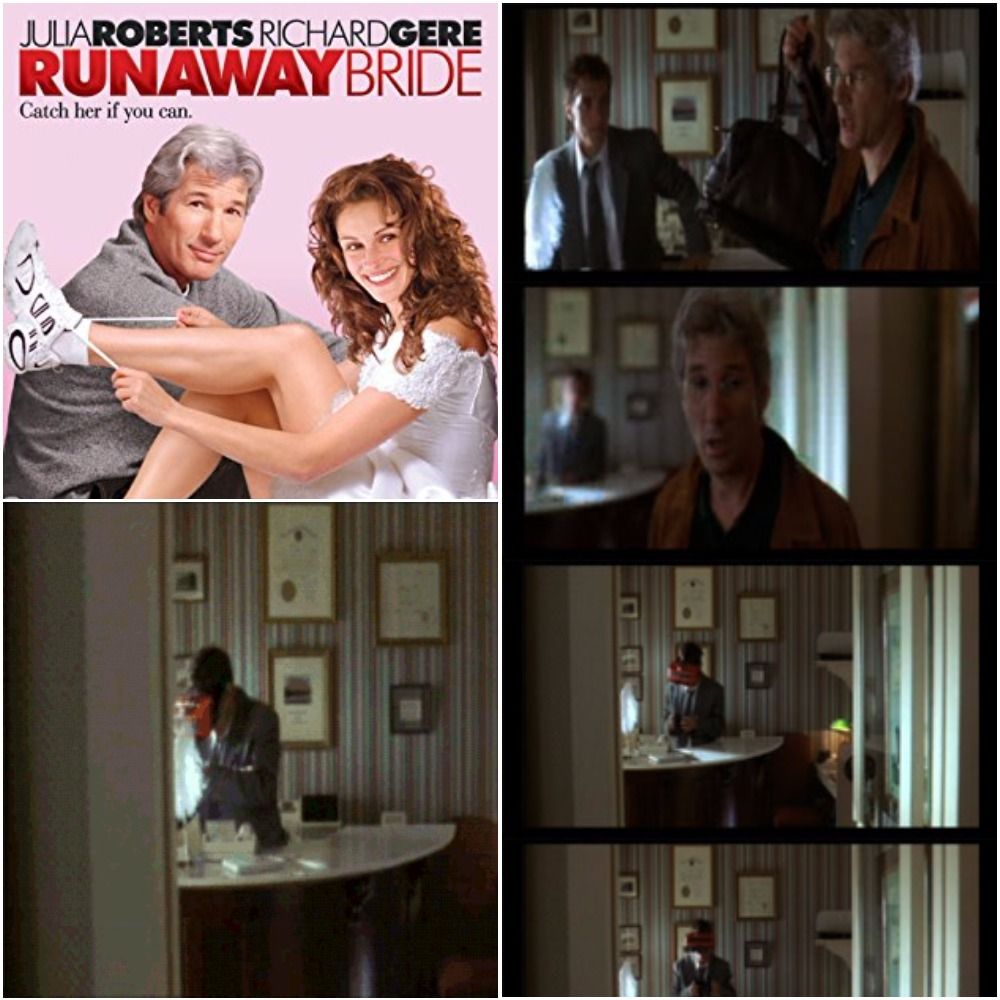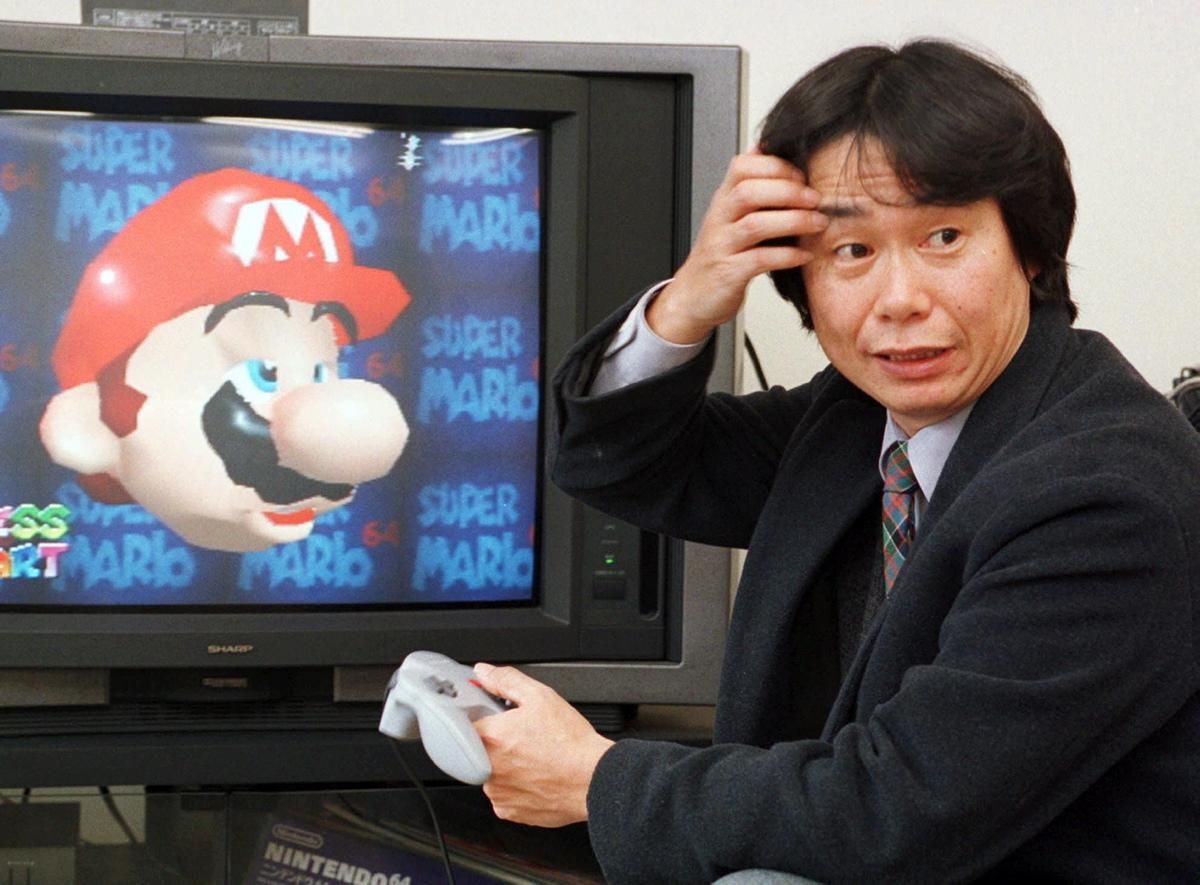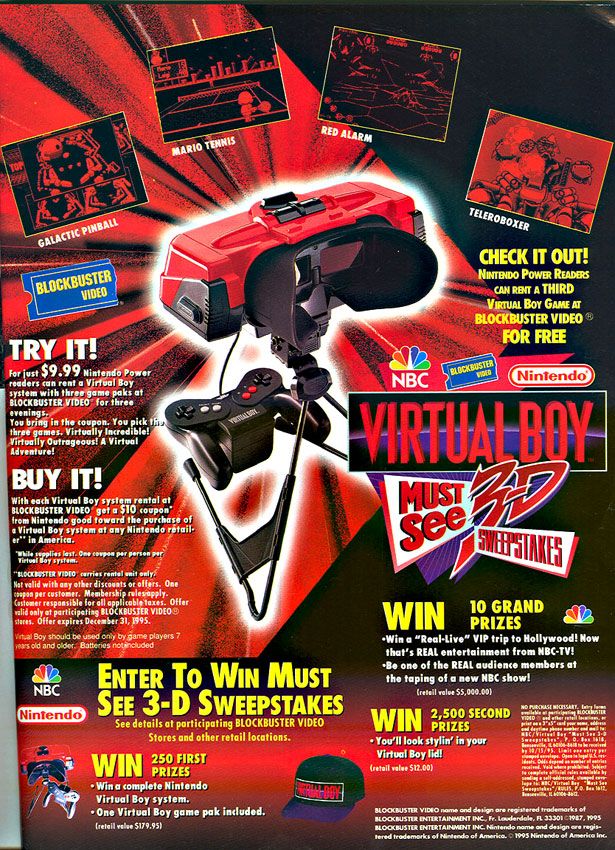Every family has that one member who's a little...off. Every family deals with them differently. They might try to change them, shove them into the background, or just pretend they don't exist. Even the celebrated, family-friendly Nintendo has a black sheep. It's called the Virtual Boy.
Released in 1995, the Virtual Boy is considered Nintendo's biggest failure. Discontinued months after its release, it became the sort of the forgotten middle child of the Nintendo console family. It was trapped between trying to emulate the portability of its older brother, the Game Boy, and compete with the technological advancements of its younger sibling, the Nintendo 64. Unfortunately, in trying to do both, it ended up doing neither. Despite a heavy marketing push, the Virtual Boy couldn't escape its reputation for being too overpriced for portable gaming, and too limited to be the next great home console. When it was canceled, it was done quietly, without so much as a press release. Now it’s an awkward question that Nintendo execs struggle to answer during interviews, like parents who make up excuses for their troubled children at family reunions.
Like any black sheep, there's a good chance the Virtual Boy is just misunderstood. Sure it has problems, but who doesn't? Perhaps if we learn more about it, we'll appreciate it for what it is. So here's a closer look at the Switch's forgotten ancestor, the one the Wii U points to when it messes up, the Virtual Boy.
15 Master Of Illusion
The main draw of the Virtual Boy was that it displayed games in stereoscopic 3D. Except it didn't. The 3D was not real 3D. The truth was that the system displayed two images: one red and one black. The red was layered on top of the black to create the illusion of depth. Why was red was the chosen color? Because it was the cheapest. Nintendo claimed that getting the full spectrum of colors for the LCD display would've been too expensive. It also reportedly made the images "jumpy" during product testing. So they opted for red, the cheapest color LED lights came in. Yet the system was still famous for causing motion sickness and eye pain so...didn't quite fix that problem.
14 Maybe Don't Put That On Your Resumé...
Gunpei Yokoi had a very impressive career at Nintendo as the general manager of Nintendo's first research and development division. He worked closely with the legendary Shigeru Miyamoto, creator of Mario. In fact, it was Yokoi who suggested that Miyamoto give Mario his superhuman jumping abilities. And as if that wasn't amazing enough, Yokoi also created the little extendable toy grabby hand. Talk about an impressive resumé. It just so happened that Yokoi was planning to retire around the time he started developing the Virtual Boy. To that end, the Virtual Boy was meant to be a sort of parting gift to the company. One last job, if you will. But when the Virtual Boy became a massive failure, Yokoi decided to stay with Nintendo, so it didn't look like he was admitting defeat. He created the Game Boy Pocket, and then quit to pursue his own independent gaming ventures.
13 From A Certain Point Of View...
The Virtual Boy was in an awkward middle-ground. Its naming suggests that it's meant to be a follow-up to the Game Boy, the massively successful handheld gaming device. Unfortunately, the Virtual boy wasn't small enough to be conveniently portable. Not to mention, it required a stand and a surface to sit on. So was it more of a home console like the Super Nintendo? Well, no, because it lacked the means to plug into a television. When met with all the things the Virtual Boy couldn't do, advertising had to get...creative. One example of their liberal interpretation of the console's features is a commercial in which they said the graphics were "too advanced to be seen on TV." Someone should've given the guy who came up with that a raise.
12 They Find A Way To Put GameCube Controllers In Everything
The Virtual Boy, like most hardware, went through several prototypes before it was officially released. One of the earlier versions, pictured on the right, looks a lot like the many virtual reality headsets available in 2017. What's interesting about that one is that the slot for the game cartridges seems to be in the controller itself. Could this have been the inspiration for Nintendo 64 controllers having slots for memory cards and rumble packs? The one on the left seems to just be a blue version of the final Virtual Boy, but even that has intriguing implications. Notice the colors of the controller? Aren't they very similar to the GameCube controller's standard colors? Looks like Smash Bros. fans will find a way to get GameCube controllers on every Nintendo console. Even 20-year-old ones.
11 Intense Multiplayer Action
On the back of the Virtual Boy is a very conspicuous port. That port is not labeled, and owners of the console would never get to use it. So why is it there? As it turns out, it was originally intended for a connector cable that linked two Virtual Boys together. Yokoi really did love his Game Boy-style link cables. Unfortunately, the Virtual Boy was discontinued before any developers could actually take advantage of the feature. So the only Virtual Boy game in history to actually deliver multiplayer is Waterworld. The movie-based game accomplished multiplayer by having players take turns passing the device around. As for the actual gameplay, it consists of the player controlling a boat from behind and shooting dudes on jet skis. Because nothing says intense Keven Costner action like organized, turn-based boat violence.
10 Totally Not Obvious Code Name
During development, every Nintendo console is given a code name. Some are pretty cool: The Nintendo 64 was called Project Reality, the Wii was called Revolution, and the Switch went by NX. Some are more on the silly side, like the Gamecube being called the Dolphin or the Wii U being named Project Café. But the Virtual Boy tops them all in the realm of...disappointment. The Virtual Boy was called the VR 32. As in "Virtual Reality, 32-bit." That's very on-the-nose. The only thing remotely impressive here is the fact that the Virtual Boy is Nintendo's first 32-bit system. In that respect, it actually outshines all of its predecessors. Too bad it lacked multiplayer games, a reasonable price tag, and every color except red and black.
9 How Long Did That One Last?
It is said that one of the very early concepts of the Virtual Boy included a gun-like projector. This device would've needed to be placed on a flat surface and would project 3D images. It would've played out like Tony Stark's holographic projectors in the Iron Man movies, throwing images into the air to be played with. Or, at least, that's probably what Nintendo was hoping for. Obviously, it didn't work, because it was the 1990s and technology wasn't nearly that advanced. It's really a perfect summary of the Virtual Boy as a whole. A lot of neat ideas that were way too ahead of their time. Hmm. Now that virtual reality actually does exist, do you think Nintendo should make a Virtual Boy 2?
8 Probably Should've Taken The Hint
The actual technology for the Virtual Boy was not developed by Nintendo. The concept of a 3D headset that displayed images in red LEDs was first conceived by Reflection Technology Inc. (RTI for short). RTI actually had grander ambitions for the final product, creating a tank game to show off the hardware's head-tracking capabilities. With it, players could actually control the action on screen by moving their heads. RTI needed funding, so they demonstrated to companies like Hasbro, Mattel, and Sega. They were rejected every time, with Sega even going so far as to cite concerns of motion sickness. Nintendo happily partnered with RTI, producing the Virtual Boy. A console that was often criticized for causing headaches and nausea. Looks like Sega was actually right for once.
7 So THAT's Where The Wii Got That From
Every Wii owner remembers the constant, annoying pop-ups that would remind gamers to take a break. It's as if Nintendo thinks we don't know how much of our lives we're wasting in front of a screen. Let us make our own bad decisions Nintendo! In all seriousness, those messages were meant to ensure that people didn't frantically waggle their remotes for long periods of time. Who wants get hurt playing a video game? It turns out that the Wii is not the first console to have that risk. The Virtual Boy was well-known for hurting eyes with its gaudy red lights. To combat this, Nintendo put pop-ups in Virtual Boy games that reminded players to take a break every 15-30 minutes. How about from now on, Nintendo, you just make consoles that can't hurt people?
6 Easiest Collection Ever
One nice thing about a failed console is that getting a complete collection of games doesn't take long. Because it was discontinued mere months after its release, the Virtual Boy only had 22 games. 19 of those games were released in Japan, and 14 were released in North America. Of those games, nothing was really ever a breakout hit. Wario Land was probably the best game, and that was more because it was a solid Wario platformer. It didn't even take advantage of the Virtual Boy's 3D. The two games that did take true advantage of the console's unique perspective were Teleroboxer, a first-person boxing game with robots, and Red Alarm, an on-rails space shooter with impressively deep environments. Definitely games to go back and play if you feel like spending hundreds of dollars on eBay.
5 Brother Against Brother
What many fans might not know is that Nintendo has several research and development divisions that work simultaneously. This means that the console of tomorrow might be in development alongside the console of the distant future. That's exactly what happened to the Virtual Boy. While Gunpei Yokoi and the R&D 1 team were experimenting with the Virtual Boy, the R&D 3 team was focused on developing the Nintendo 64. At first, the two projects existed peacefully side by side. After four years of development, however, the two systems began to compete for resources. As Nintendo 64 was meant to be the new flagship system, the company gave it priority. And so, Nintendo pushed a reluctant Yokoi to finalize the Virtual Boy so it could be released and get out of the N64's way. Talk about sibling rivalry.
4 What's The Target Audience Here?
Despite the fact that it rushed the Virtual Boy out the door, Nintendo had high hopes for the quirky console. Its sales projections were ambitious. At first, Nintendo projected 3 million sales of the Virtual Boy itself and 14 million games. At the North American launch, Nintendo of America projected 1.5 million system sales and 2.5 million games by the end of that year. In the end, the total number of Virtual Boys sold was around 770,000. For comparison's sake, the Nintendo Switch, which has also been around for less than a year, has already sold 4.7 million units and 13.6 million games. But, hey, the Switch is a huge hit and gaming is a larger hobby nowadays. So let's use a less successful example. The Wii U, Nintendo's other failed console, sold 13,56 million units. So perhaps that $25 million spent on the Virtual Boy's advertising wasn't money well spent.
3 Movie Star
Despite never even coming close to being a cultural phenomenon, the Virtual Boy is a movie star. It makes an appearance in, of all movies, Runaway Bride. In a scene about 14 minutes into the movie, Richard Gere's character checks into a hotel. After a humorous exchange with the desk clerk, Gere takes his key and heads to his room. The camera then goes back to the clerk, who checks to make sure Gere is gone before taking out a Virtual Boy and playing Mario Tennis. How do we know exactly what game he is playing? Because dedicated fans recognized the intro music of Mario Tennis and point it out. The Virtual boy appears again when Julia Roberts' character comes to the hotel. With the two scenes combined the Virtual Boy gets a whopping 18 seconds of screen time!
2 When Dad Has A Favorite Child
One of the unfortunate effects of the sibling rivalry between the Virtual Boy and Nintendo 64 was that parents had to choose sides. One of those parents happened to be Shigeru Miyamoto, the father of Mario. Miyamoto is an extremely influential figure in Nintendo, and that was even more true during the time of the Virtual Boy's development. The fact that he put all of his time into Nintendo 64 game development spoke volumes. As the competition for resources heated up, Miyamoto and his Mario 64 seemed like the safest bet. The favoritism got so intense that Nintendo ordered Yokoi to tone down the Mario on the Virtual Boy. The higher ups wanted Super Mario 64 to be the first true 3D Mario experience. So yeah, a Nintendo console with only tiny amounts of Mario. What could go wrong?
1 Blockbuster Video: A Name You Can Trust
So we know that Nintendo put $25 million into the marketing of the Virtual Boy. But what did it do, exactly? The biggest push was done together with NBC and Blockbuster Video. Ads for the Virtual Boy ran during prime-time slots on NBC. There was also a contest to win a trip to Hollywood and sit in the audience of an NBC show. As for Blockbuster's part, it just had to offer a deal: rent a Virtual Boy, and get a $10 off coupon towards the purchase of one. The promotion was a success in that it lead to a lot of rentals. But it also failed because it let people actually play the Virtual Boy before purchasing one. Once they tried it, they didn't want to buy it.

